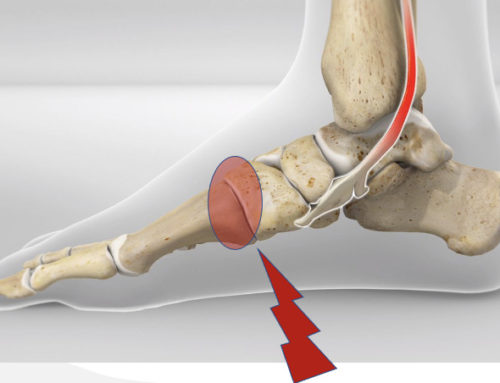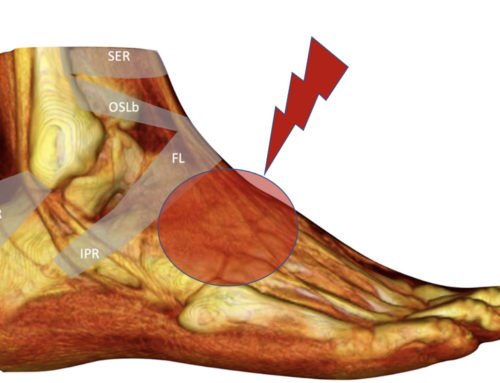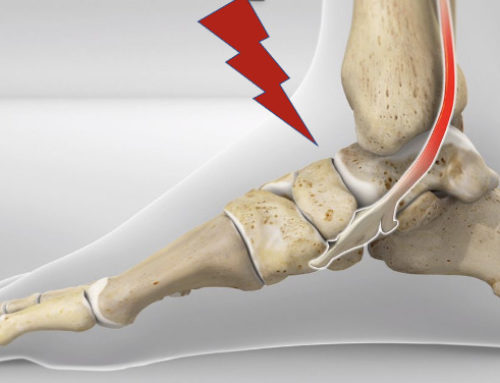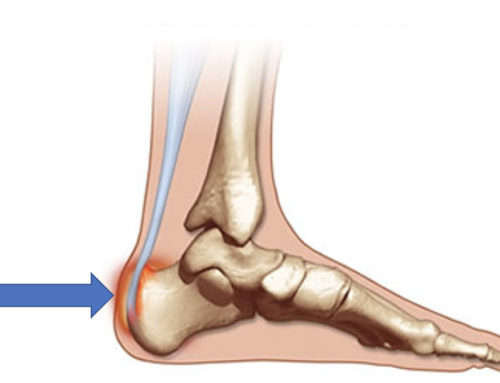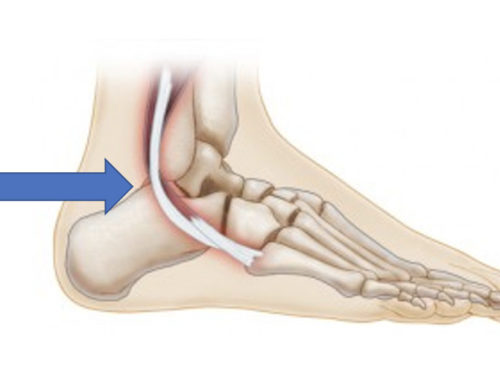High Ankle Sprain: High Vs Low Ankle Sprain
The high ankle sprain is an injury to the ankle that involves the ligaments that connect the tibia and fibula, known as syndesmosis. Injuries occur when the foot/ankle experiences a high impact force into ankle eversion or dorsiflexion, causing a sprain or injury to the high ligaments of the ankles. This high ankle sprain is known as the syndesmotic ankle. This sort of ankle sprain or injury is common in sports that require high-impact cutting maneuvers performed in the NBA and NFL.
High Vs. Low
All ankle sprains generally occur during a high-impact injury to the foot and ankle. A low ankle sprain is an injury to the ligaments that connect the fibula to the talus on the outer ankle, known as the anterior talofibular ligament. This injury occurs below the fibula, known as a low ankle sprain or just an ankle sprain—the most common acute ankle injury.
A high ankle sprain is an injury to the ligaments that connect the tibia and fibula. The injury or sprain occurs to ligaments that hold the tibia and fibular together above the foot, thus referred to as a high ankle sprain or syndesmotic ankle.
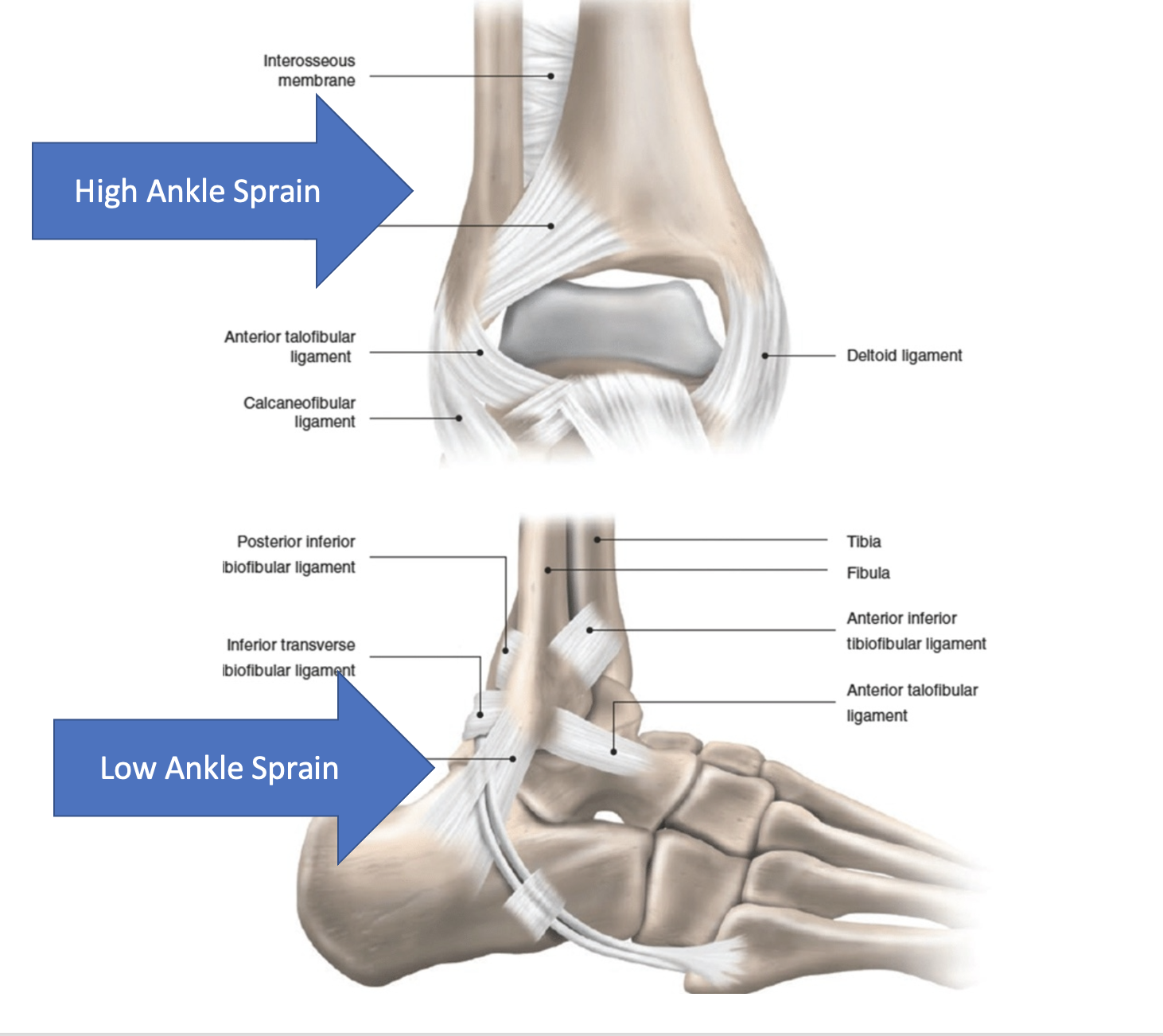
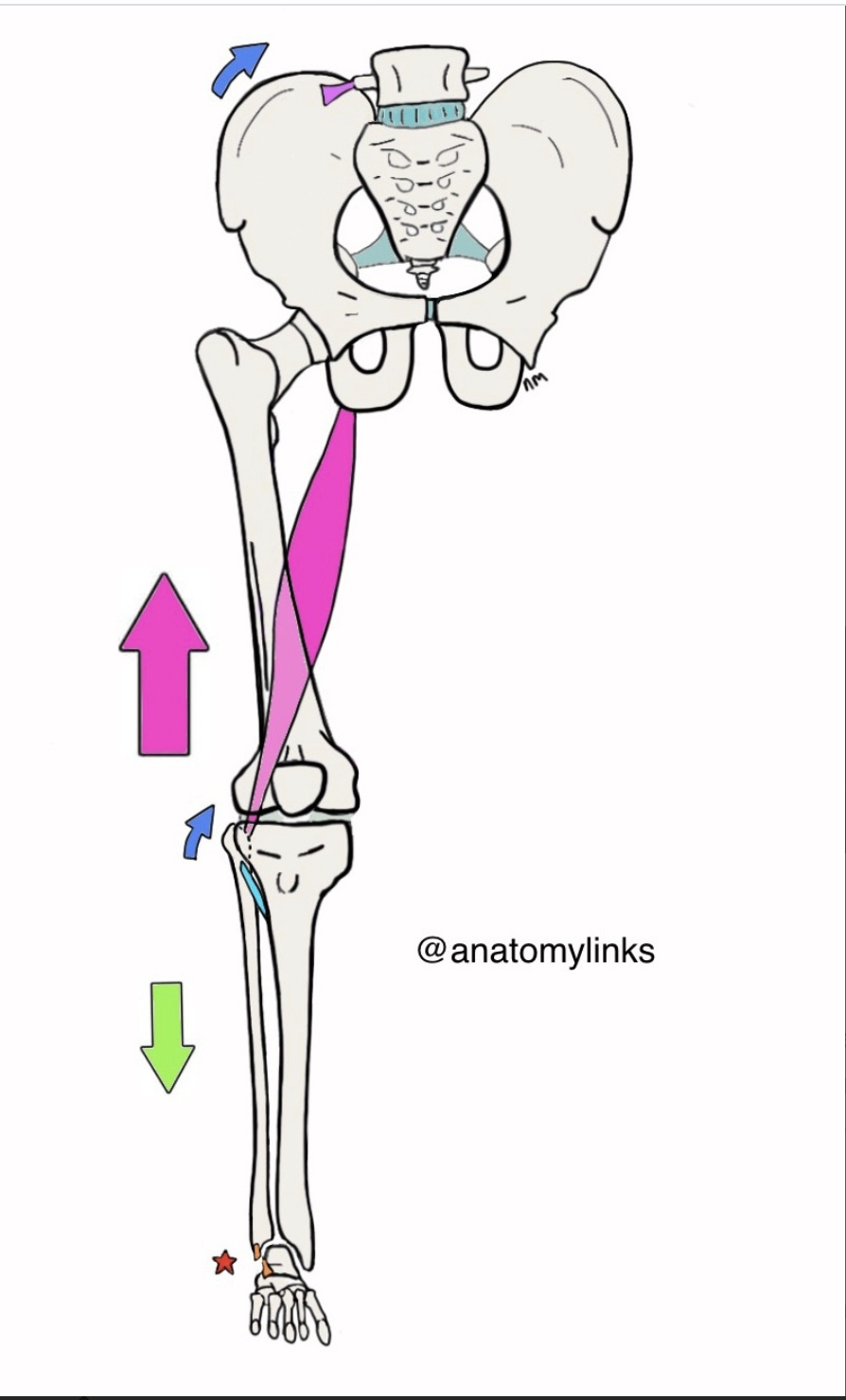
Symptoms
High ankle sprains do not swell or bruise-like a low ankle or other acute ankle injuries and often don’t receive proper rehabilitation. The pain occurs generally created by weight-bearing activities such as walking or running, and sharp pain occurs when the motion of the high impact injury is recreated, such as cutting into the direction of the high impact event.
High ankle sprains rarely undergo proper rehabilitation protocols, and the syndesmotic ankle can become unstable. Poor rehab will lead to other injuries to the foot and ankle, such as posterior tibialis tendonitis, tibial nerve pain, plantar fasciitis, and big toe pain. Understanding high ankle sprains are essential for adequately treating acute ankle injuries and ensuring the athlete undergoes a proper rehabilitation program.
Treatment
All acute ankle injuries need proper medical evaluation to assess the degree of injury and determine if a surgical intervention is required to stabilize the ankle. Severe high ankle sprains where the syndesmosis is wholly ruptured, a screw will need to be inserted to hold the tibia and fibula together. The simple rehab suggestions below assume that a complete tear or a post-surgical high ankle sprain isn’t present.
Our editorial practices include evidence-based practices, interventions, and recommendations.
GET IN TOUCH WITH DR. DEAN
YOU should be able to move the way you’d like to move without experiencing pain. YOU should be able to experience freedom and energy knowing there’s nothing holding back from giving your life 110%. Dr. Dean would like to learn more about your challenges with a quick phone or email before beginning treatment. Contact him today.

